Bury St. Edmunds is a delightful market town located in Suffolk, south east England. The town lies 32 miles north east of Cambridge with London being an 82 mile drive. With good road links and Greater Anglia rail services from both London Kings Cross and Liverpool Street stations, Bury St. Edmunds is an ideal location for a weekend away.
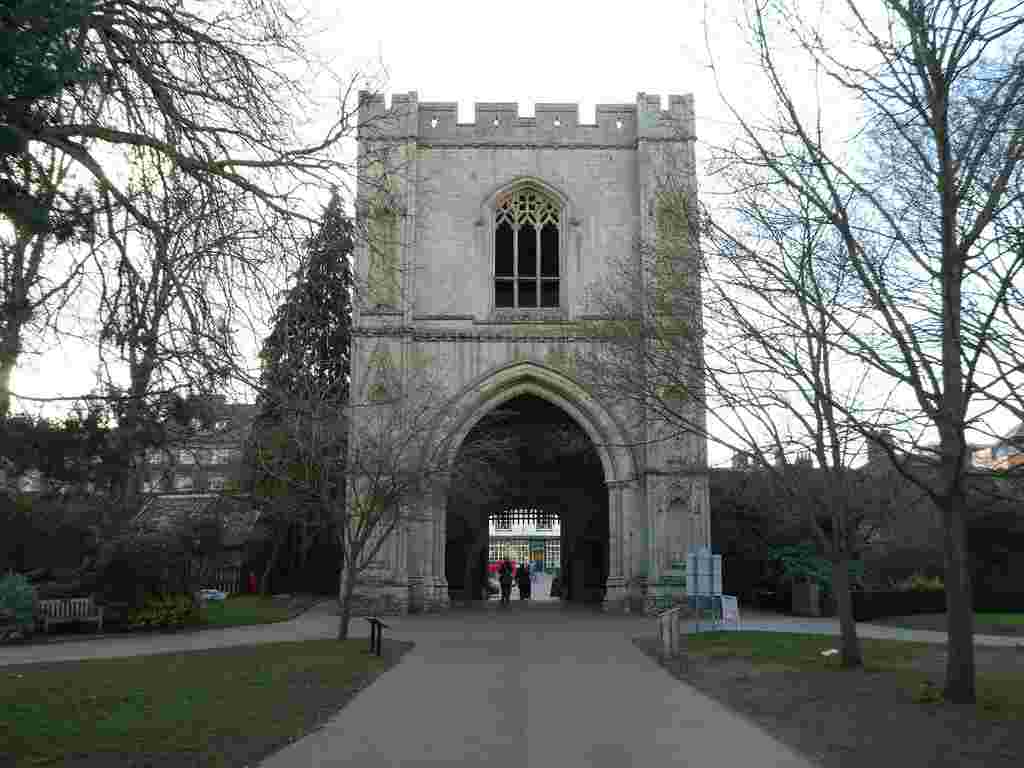
Below are my suggestions of the best things to see and do:
Guided Walking Tour: start with a guided walking tour of the historic town to get your bearings, 90 minute tours set off from Angel Hill and explore the Abbey Gardens, Abbey ruins and the medieval town centre.
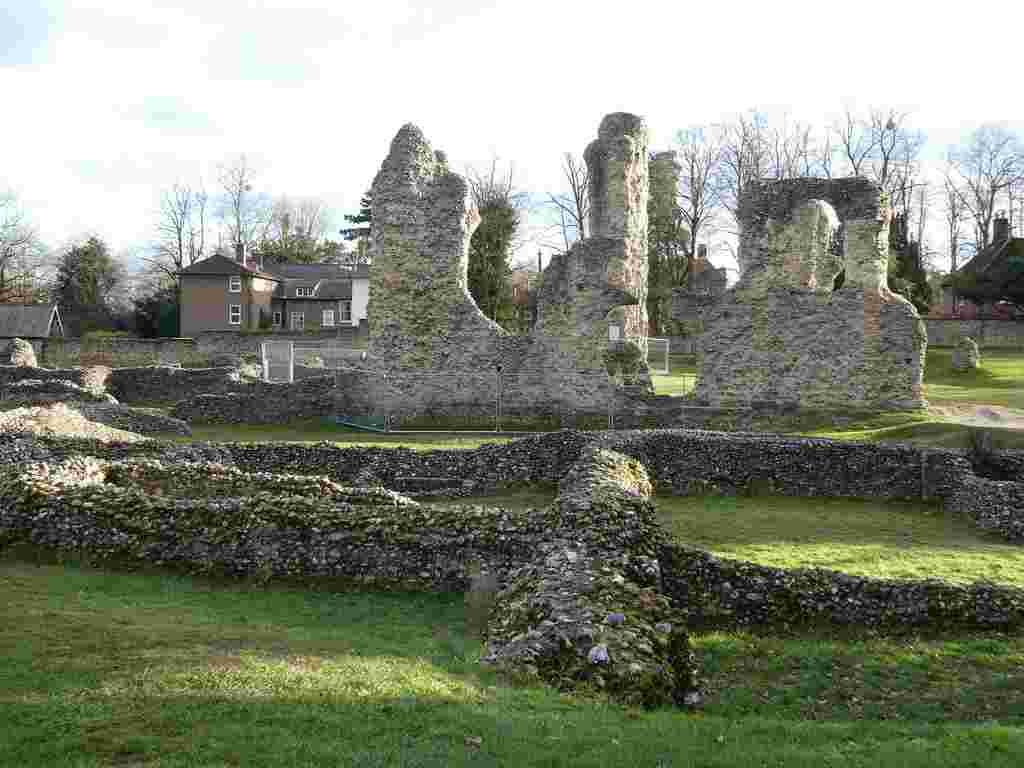
Learn about the town’s history from Anglo-Saxon times when King Edmund led his troops against Viking invaders in 869 AD where he was defeated and later martyred. Explore the ruins and gardens of the wealthy Benedictine abbey that grew up around King Edmund’s shrine. The tours are extremely interesting pointing out all sorts of things you probably wouldn’t normally see. Bury St. Edmunds Tour Guides
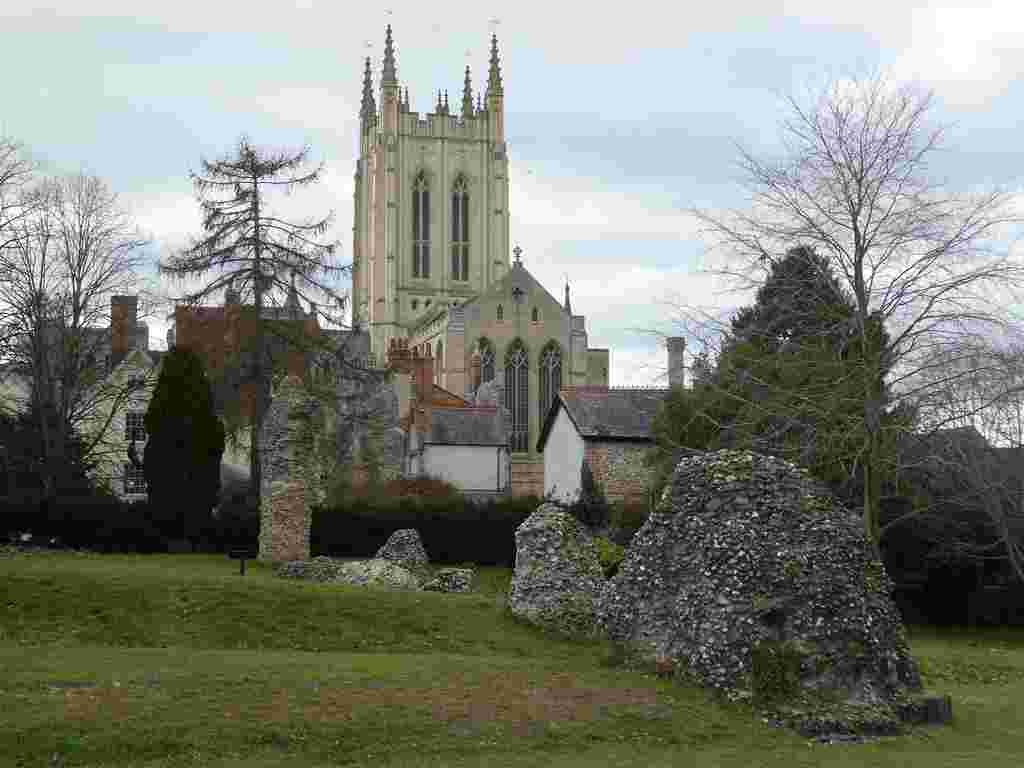
St. Edmundsbury Cathedral: Bury St. Edmunds is home to the only cathedral in Suffolk, first built in the 11th century and formerly the Church of St. James. The church was built within the abbey grounds and became a cathedral in 1914. Look out for its medieval font and gaze up to the high pitched nave ceilings with angels. The cathedral’s millennium tower is so named because work began in 2000. Constructed from limestone, flint and lime mortar it was completed in 2005. Despite being a new addition, it blends beautifully with the existing structure. Cathedral floor and tower tours take place from April-October. Entrance to the cathedral itself is free. St. Edmundsbury Cathedral

St. Mary’s Church: visit the final resting place of Mary Tudor, Queen of France and sister of Henry VIII. The church was built between 1290 and 1499 and is part of the abbey complex. Marvel at its hammer beam roof and its exceedingly long nave. Free admission but donations welcome. Closed to visitors on Sundays. St. Mary’s Church

Moyses Hall Museum: Visit the town’s museum to learn about the history of Bury St. Edmunds. It’s located in one of the last surviving Norman houses in Britain, dating back to 1180. Prior to becoming a museum the building served as the local prison and police station. The museum tells the story of the ruined Abbey of St. Edmund with numerous artefacts and stonework on display. Other galleries feature a notable collection of clocks and watches, the Suffolk Regiment and fine art. Open daily, standard admission £7 Moyses Hall Museum.
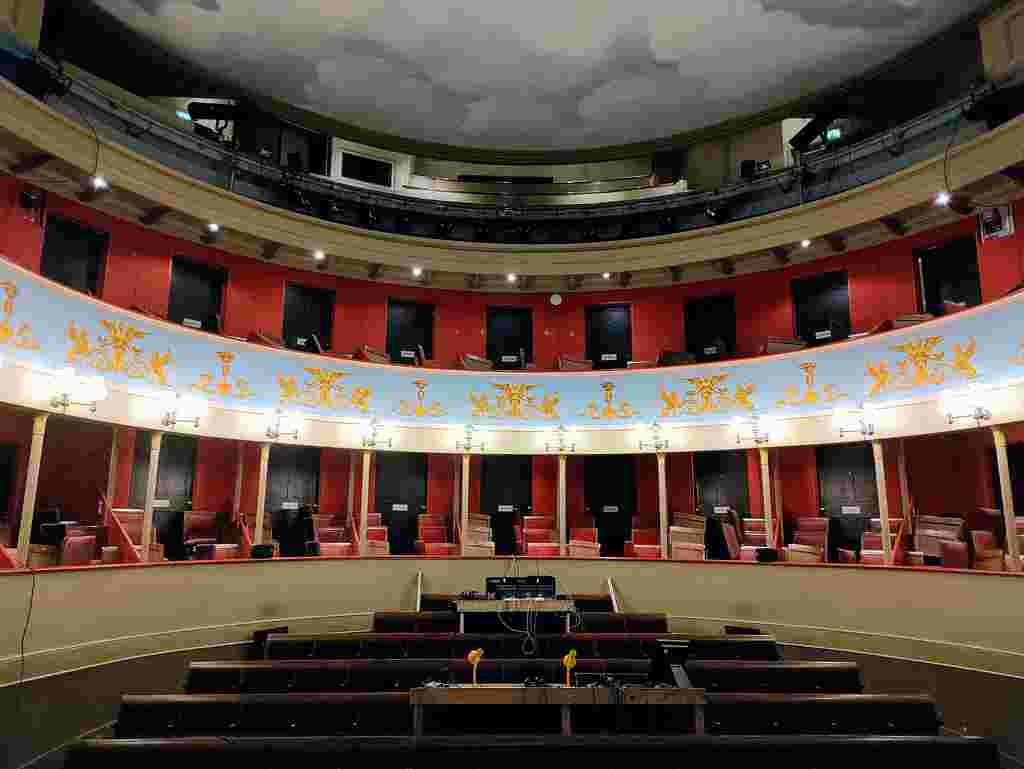
Theatre Royal Bury St. Edmunds: Join a guided tour of the last remaining working Regency playhouse in the country. The 200 year old theatre is an absolute delight. Explore each part of the theatre from circle boxes to seats high in the gallery and down in the pits. Stand on the stage and take a peek behind the scenes to view dressing rooms and backstage equipment, etc. Tours last between 90-120 minutes and are fascinating for all ages. Tickets £10 (£5 for National Trust Members). Theatre Royal Bury St. Edmunds
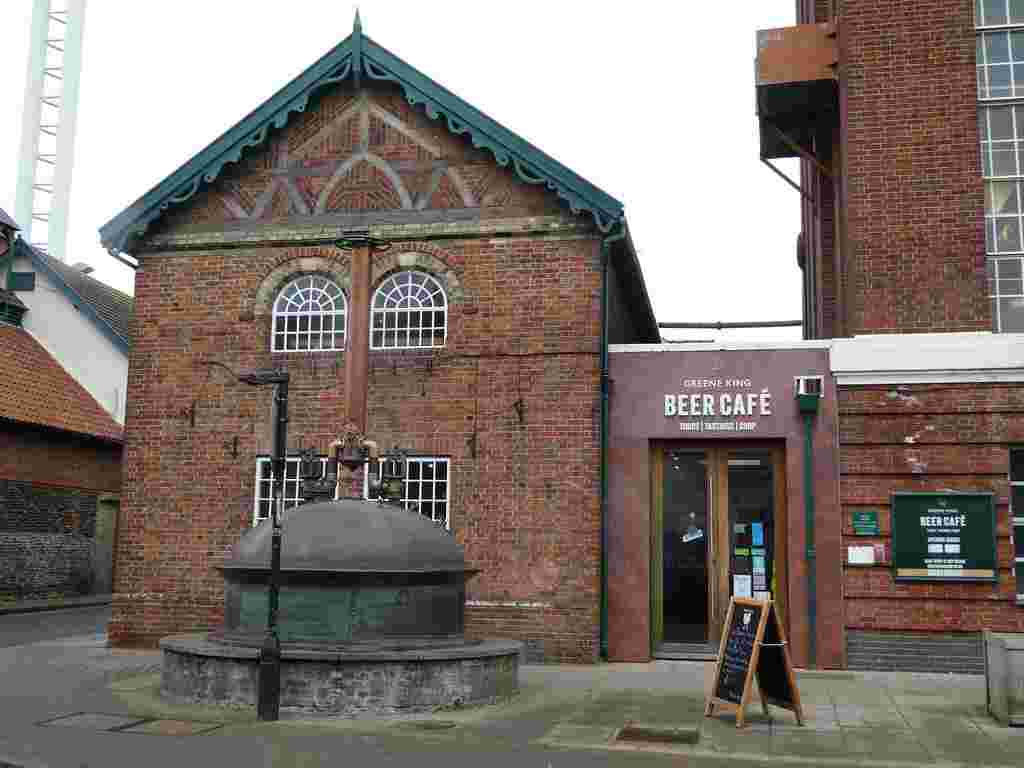
Greene King Brewery Tour: Greene King have been brewing beer in Bury St. Edmunds since 1799. Join one of their tours which begin with a walk around some of their historic buildings before exploring the historic brew house itself. You even get a chance to climb up to its roof terrace for some panoramic views over the cathedral and town rooftops. Tours end with generous tastings in the Brew Cafe and your ticket also entitles you to choose a bottle to take back home. It’s very enjoyable even if you’re not a beer drinker. 1 hour 45 minute tours £20. Greene King Brewery Tour
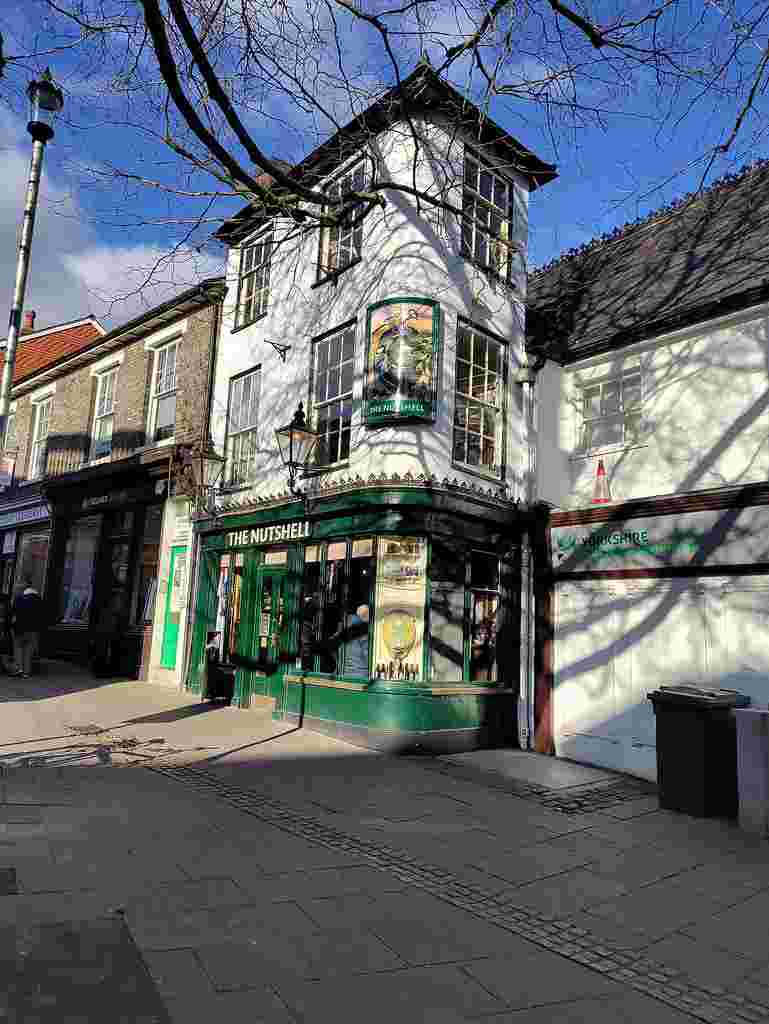
The Nutshell: this is one of the town’s biggest attractions or rather its smallest with its bar measuring just 15′ x 7′. It proudly holds the title of the smallest pub in Britain as confirmed by the Guinness Book of Records. The pub walls are lined with historic photos and a mummified cat and with currency notes hanging from the ceiling there’s much to see. The Nutshell

Pillar of Salt Road Sign: this unusual road sign is located on Angel Hill between the hotel and the Abbey gateway. It was constructed in 1935 when the town council went to great lengths to find something worthy of its important location. It has been Grade II listed since 1998 and takes its name because of its resemblance to a salt pot.
Further afield:
Lavenham
Lavenham is one of the country’s best preserved medieval villages with its streets lined with Tudor half timbered houses and cottages. It was one of the wealthiest towns in Tudor England and the centre of the booming woollen trade and has 320 buildings of historic interest. The village has been used as the backdrop of numerous television programmes and films such as Lovejoy and Harry Potter.

The Guildhall: originally founded as a meeting place for a Catholic guild. The manufacture and export of Lavenham ‘blew’ woollen cloth created wealth in medieval times and the rich clothiers and merchants built the Guildhall and the houses that characterise the village. Join a guided tour to learn about how the Guildhall has been used for almost over 500 years. The Guildhall is now owned by the National Trust. Entrance £8.50 and free for NT members. The Guildhall.
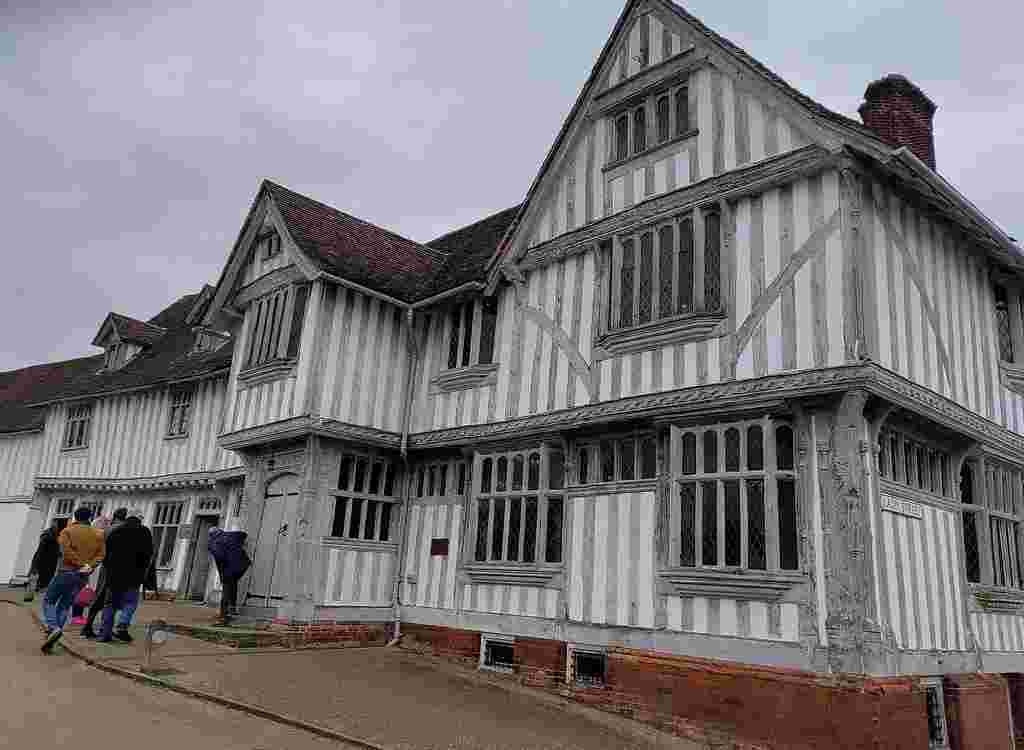
Church of St. Peter and St. Paul: visit the stunning 15th century wool church which is regarded as one of the finest examples of Late Gothic architecture. It was one of the last churches to be completed before the Reformation. The extraordinary cost of the building work was paid for by the local wealthy merchant families.
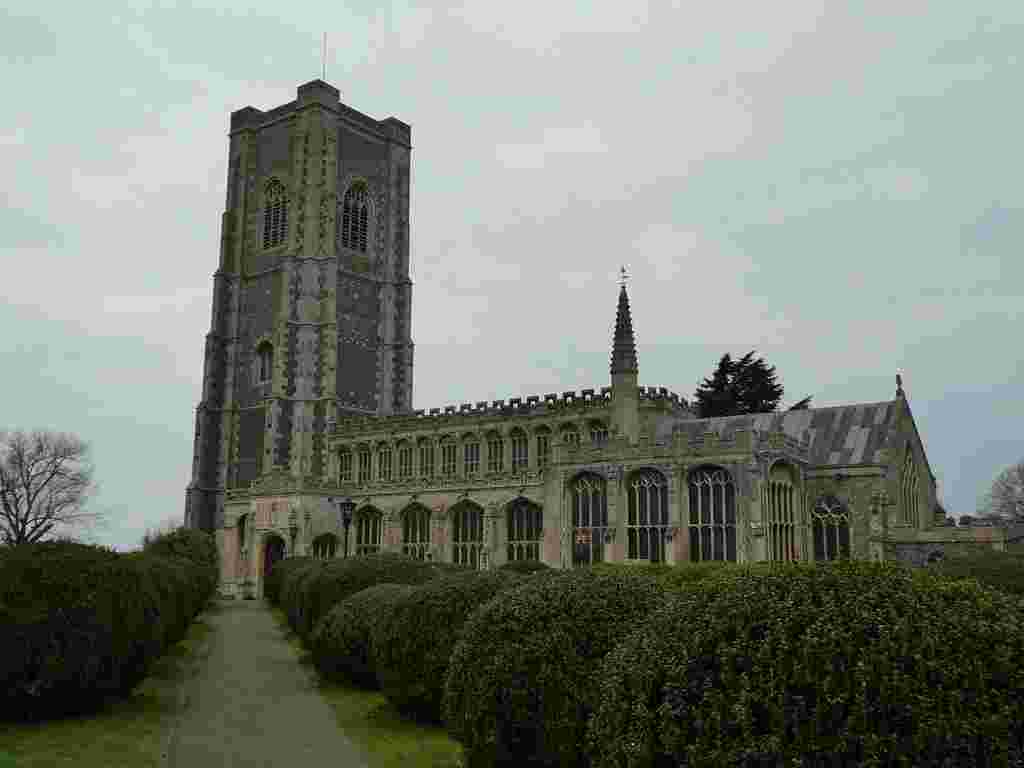
Walks: take a circular walk starting at The Guildhall that follows a section of the old Lavenham to Long Melford railway line. More details here.
Where to stay:
Bury St. Edmunds
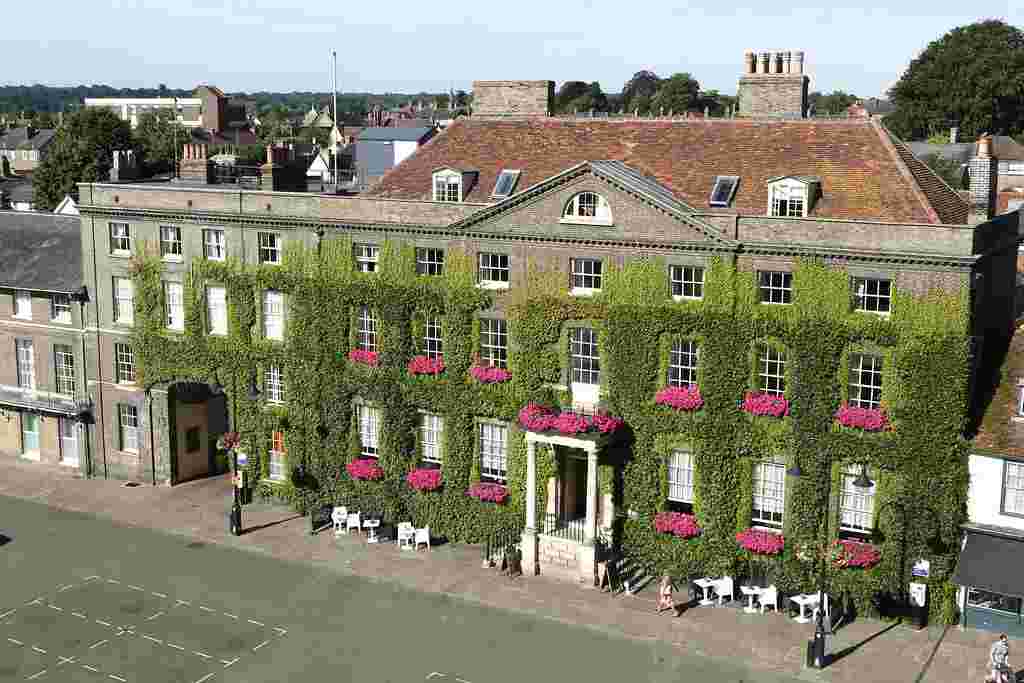
The Angel is a luxury hotel and former historic coaching inn spread across Angel Hill overlooking the Abbey Gardens in the centre of town. The original building was constructed around 1778 with the remainder added in the 1830’s. Charles Dickens stayed at The Angel on two occasions, once in 1859 and again in 1861 when he gave readings in the adjacent Athenaeum.
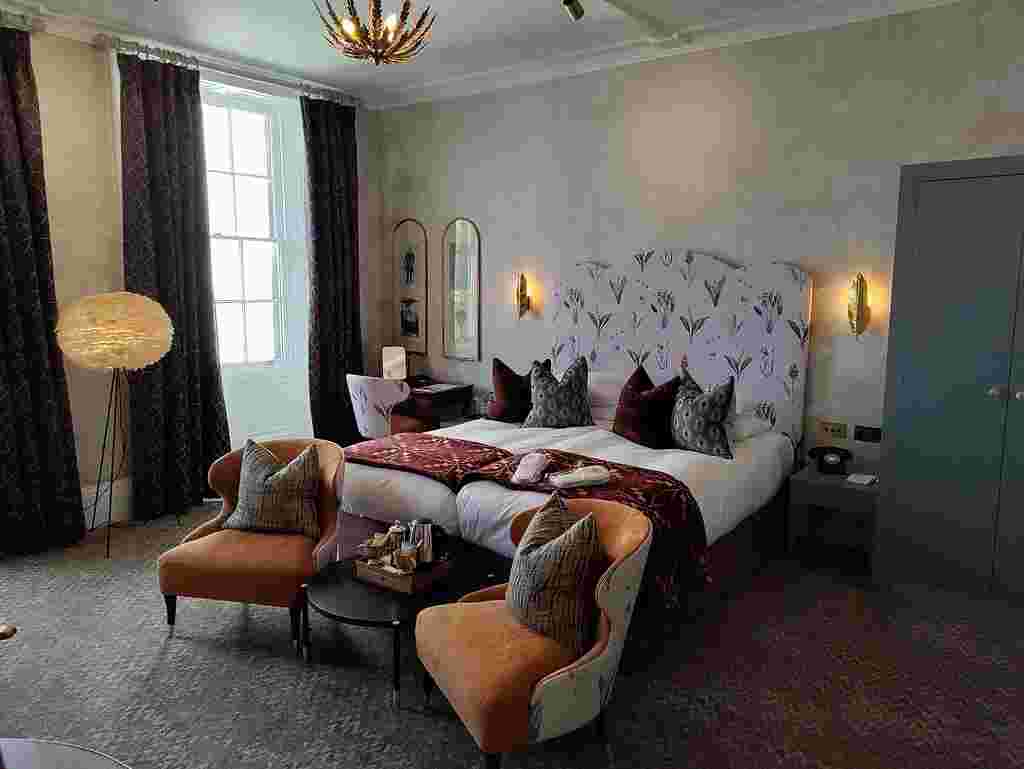
Although the hotel is located in a historic building, its furnishings are contemporary styled blending in beautifully with the room’s original features. With high ceilings, ornate cornices and a large fireplace with a marble surround, the spacious rooms are extremely comfortable.
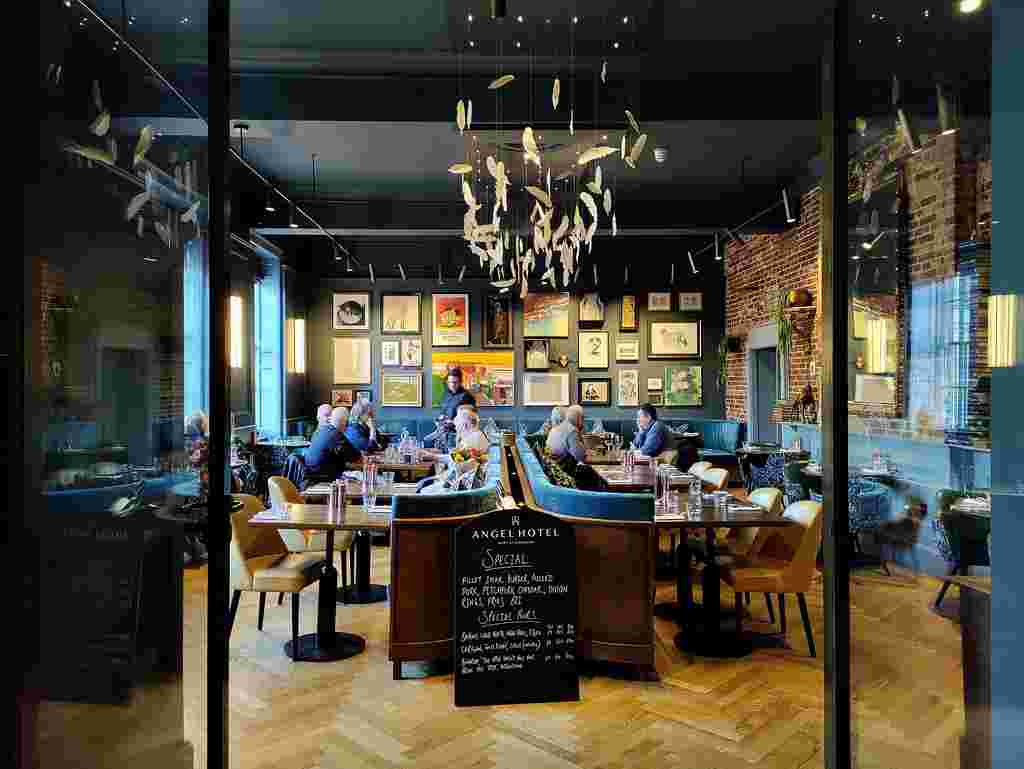
The hotel’s restaurant The Eaterie, faces the cocktail bar just inside the hotel’s main entrance. The decor is absolutely beautiful and with top notch food to match it’s one of the most popular places to dine in town.
Lavenham
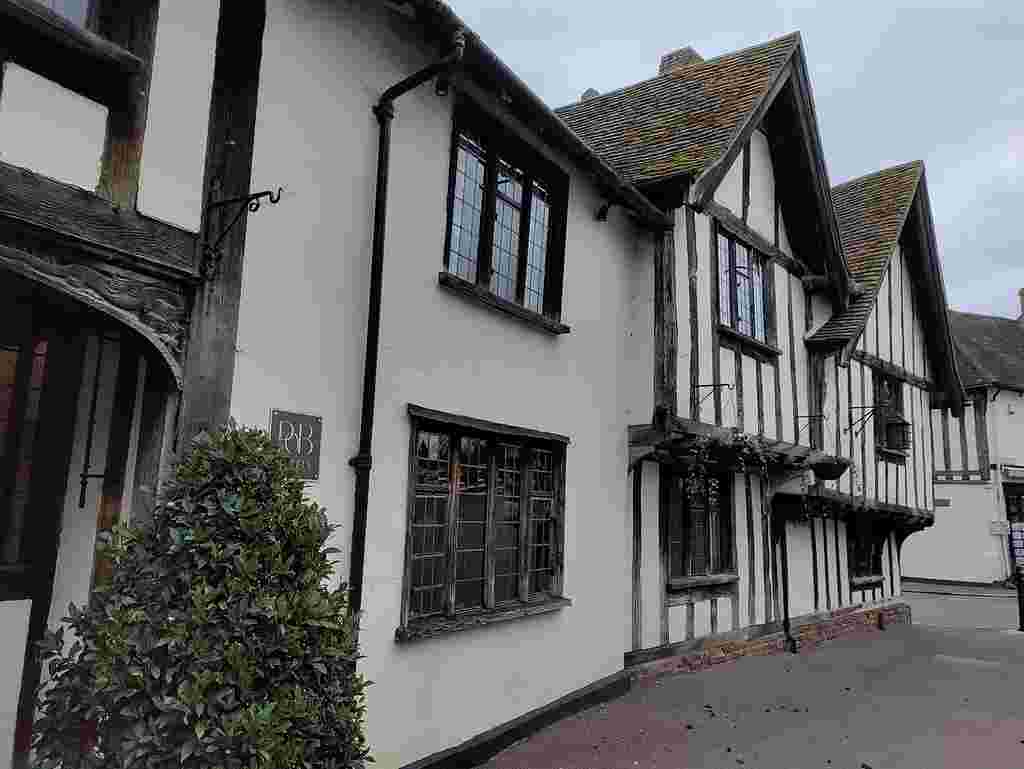
The Swan takes pride of place in the centre of the village and is another of Suffolk’s most famous hotels. The hotel comprises four historic 15th century houses and surprisingly covers quite a large area. It’s full of old world charm which gives a feeling of cosiness and warmth as soon as you enter the door.
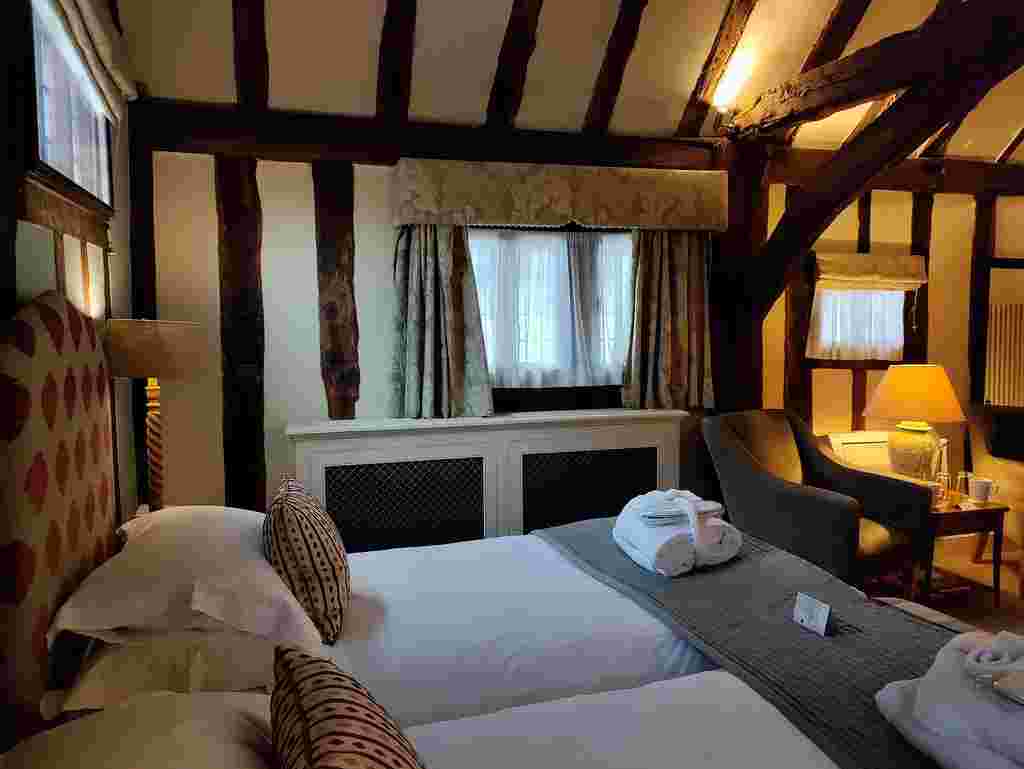
Rooms are an absolute dream with exposed beams and high ceilings. With tasteful furnishings and modern touches to compliment the age of the building it’s absolutely beautiful.
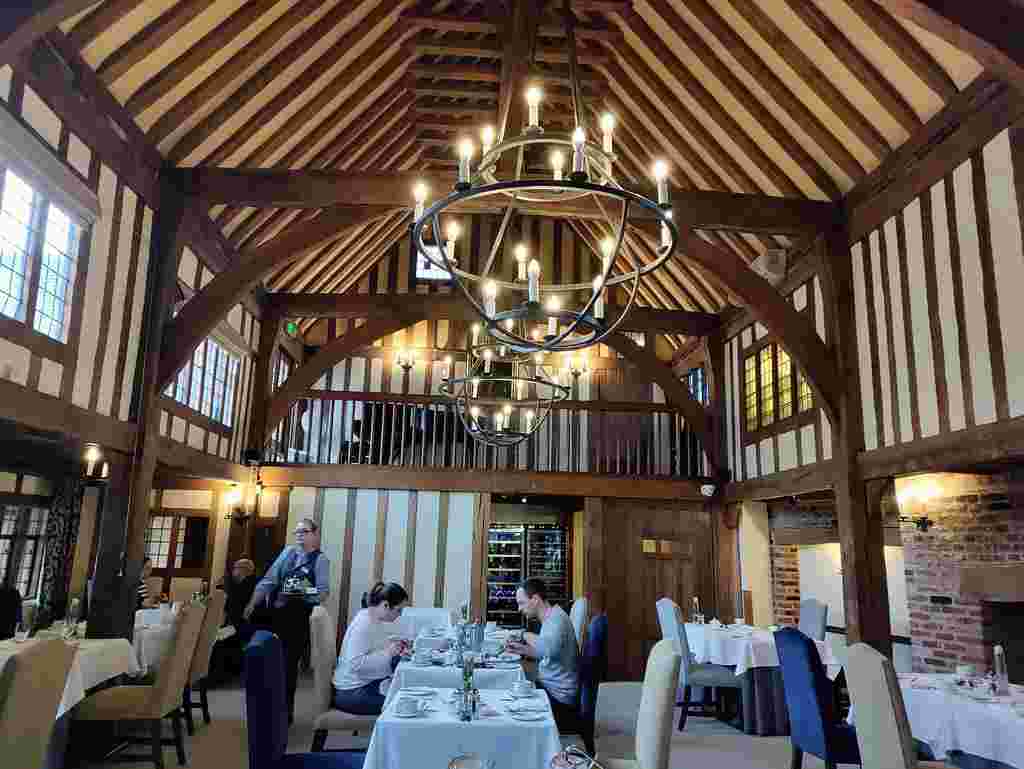
The stunning galleried restaurant certainly lives up to its name and is a beautiful setting to enjoy dinner.
If you have enjoyed this post you may also like:
The Angel Hotel, Bury St. Edmunds, Suffolk
During our stay we were guests of Bury St. Edmunds and Beyond and as always, all views and opinions are entirely my own.
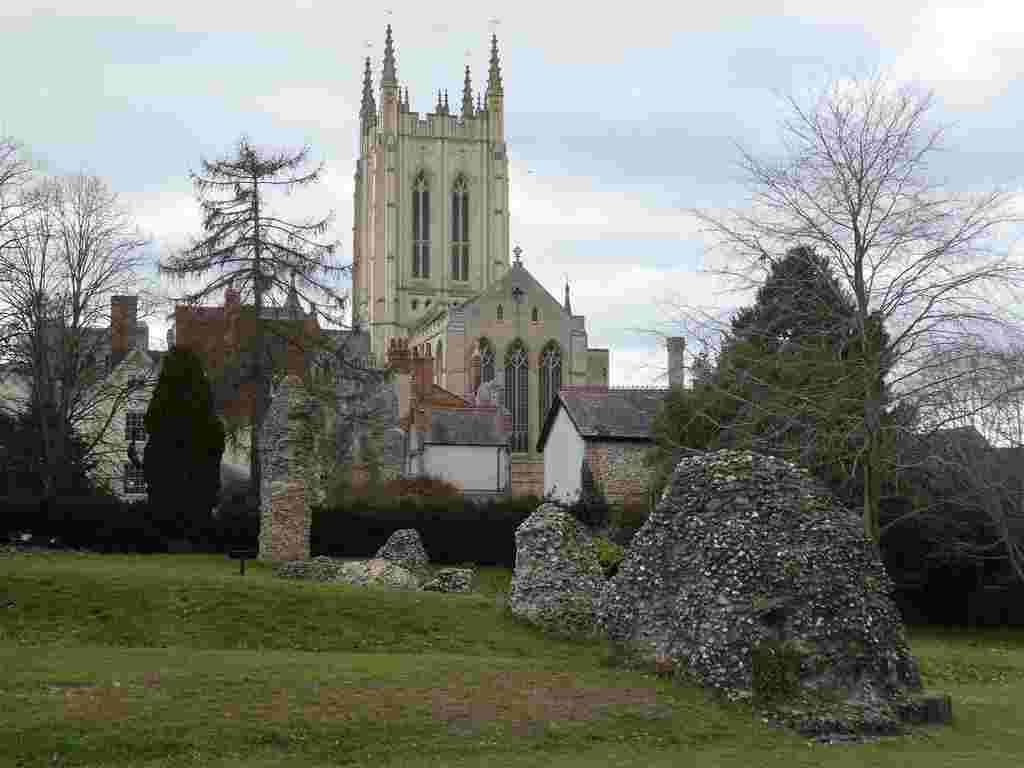

Leave a comment